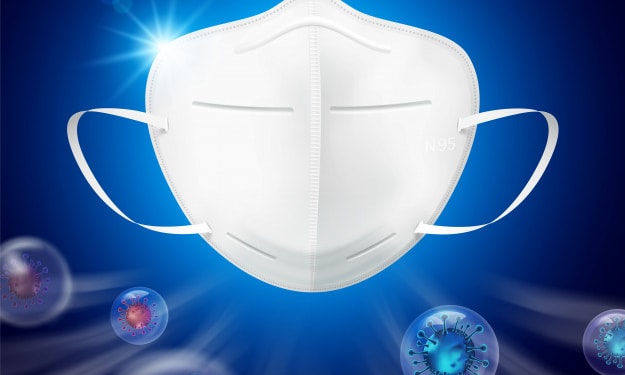
N95 mask are also used to filter face-piece respirators. These masks can remove at most 95% of all airborne particles. The mask mask is the most commonly used in certain industries. They are often used by healthcare workers to prevent transmission of infectious diseases and pathogens.
N95 masks fit snugly around the face to create a seal. Droplets and aerosols are used to trap particles in the fibers of the masks, preventing them from reaching the nose or mouth. Properly fitting N95 masks will prevent outside air from entering. This prevents COVID-19 spreading from N95 mask to properly suited people.
Polypropylene
The N95 and Kn95 masks are typically made of polypropylene. This synthetic plastic fiber is made from oil-based fossil fuels like petroleum. This fiber is similar to the ones found in clothing like rain jackets and yoga pants, as well as stretchy fabric. These masks can also be made of polypropylene but are less effective at filtering particles that N95 masks.
Polypropylene filters can be made by melting thousands non-woven fibers using a process called "melt blast extrusion". Each fiber is thinner than a hair strand. Each thread is then passed through a machine hole to create layers of fibers that have the consistency of cotton candy. The masks then heat to fuse the fibers. This makes it impossible for microbes to penetrate the masks at 95%. Air can still pass though. An electrostatic charge can often be used to enhance the web-like filter. Recent research has shown that masks with an electric charge can filter out 10x more microbes than those without.
KN95 mask can include more than the filter material. You can also make them from rubber, polyurethane, and steel. For N95 masks, companies use polyisoprene to make the fabric straps. A mask that has an N95 rating can trap 95% or more particles. The masks don't have to be made from certain materials. They don't have to filter at this level. According to this theory, N95 masks are possible made from any material. The majority of masks approved by the World Health Organization or procured/evaluated are made from polypropylene, and this is their main material.
Wearable in extreme heat
N95 masks are safe to wear in extreme heat provided they are fitted properly and manufactured by well-respected companies. Because of the tightness and strength of the polypropylene fibers, they are unlikely to lose any fibers. They are unlikely to lose enough fibers to cause irritation of the eyes, throats, stomachs, or stomach problems.
Polypropylene is safe and can be used in many food and beverage applications because it resists heat. Polypropylene is able to be exposed to warm or hot water without releasing plastics.
N95 masks should not be heated on a stove, placed in a heat source such as a microwave, or burned in a flame. It is possible to melt plastics or their derivatives. However, N95 masks cannot protect against extreme heat or temperature.
Recent research has shown that polypropylene may cause toxic reactions or affect androgen hormones. However, N95 masks should not be considered a problem. They can't be moved or exposed to high heats.
It is not recommended that N95 masks be purchased without all the information required, or with proper markings or vendors to show approval by national health authorities.
N95 Mask Respirators
Since the 2009 H1N1 influenza outbreak, there has been a lot more interest in surgical masks and respirators as infection control measures. Although they may look the same, respirators serve different purposes. There are some differences between surgical masks and respirators in terms of the exposure reduction they offer. The National Institute for Occupational Safety and Health (NIOSH) and the Centers for Disease Control and Prevention(CDC) recommend that healthcare workers come in direct contact H1N1 patients.
Healthcare professionals need to have a N95 or KN95 mask respirator. This mask can block 95% of microscopic particles below 0.3 microns. They are protected from the spread of airborne infectious diseases like anthrax or tuberculosis. To prevent airborne viruses entering, the N95 respirators must seal your mouth and nose. They fit more comfortably than surgical masks. The N95 respirators are not suitable for children and those with facial hair. This valve helps reduce condensation buildup. This valve allows air flow to go unfiltered, which can lead to contaminants escaping from the mask. The manufacturer should provide detailed instructions on how to use each type of N95 respirator.
About the Creator
Accumed
Health-care industry recommends these N95 mask for sale everyone because they are made with at least 95% of filtration efficiency against harmful particles.
Visit us:-https://accumed.com/






Comments
There are no comments for this story
Be the first to respond and start the conversation.